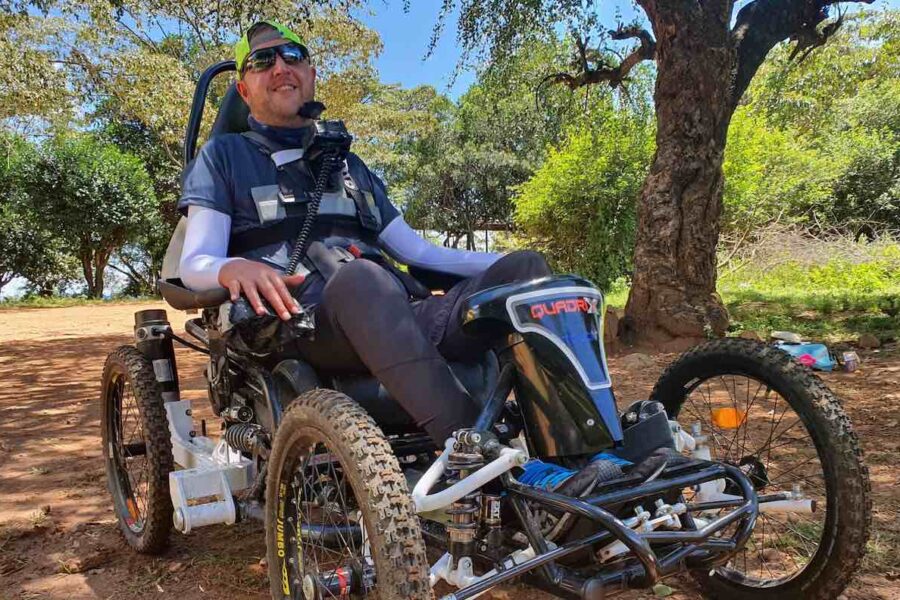The Texas Heart Institute has achieved a significant medical breakthrough by successfully implanting an artificial titanium heart, known as the Total Artificial Heart (TAH), in a patient for the first time. This pioneering technology, developed in collaboration with medical tech company BiVACOR, utilizes a magnetically levitated rotor to pump blood mechanically throughout the body, similar to the technology used in bullet trains.
The TAH is constructed from titanium and features a biventricular rotary blood pump with just a single moving part. The use of magnetic levitation ensures that none of the moving parts ever scrape or slide against each other, thereby reducing friction and significantly increasing the lifespan of the device. The TAH can pump blood at a rate of 12 liters per minute, enough to enable an adult male to exercise.
This first-in-human clinical study, closely monitored by the FDA, aims to evaluate the safety and performance of the BiVACOR TAH as a bridge-to-transplant solution for patients with severe bi or univentricular heart failure. Following this successful first implantation at Baylor St. Luke’s Medical Center in the Texas Medical Center, four additional patients are set to be enrolled in the study.
Dr. Joseph Rogers, President and Chief Executive Officer of The Texas Heart Institute and National Principal Investigator on the research, expressed his excitement about this groundbreaking development. He stated that the BiVACOR TAH offers a beacon of hope for countless patients waiting for a heart transplant.
Heart failure is a global epidemic affecting at least 26 million people worldwide, including 6.2 million adults in the US alone. Heart transplants are reserved for those with severe heart failure and are limited globally to fewer than 6,000 procedures per year. As such, up to 100,000 patients could immediately benefit from mechanical alternatives like the TAH.
Daniel Timms, founder and CTO of BiVACOR, acknowledged the courage of the first patient and their family, as well as the dedication of his team and collaborators at The Texas Heart Institute. He emphasized that this achievement highlights the potential of innovative technologies to address critical challenges in cardiac care, such as long transplantation waitlists.
For a more detailed look at this breakthrough, watch the video below:
Share this groundbreaking first step on a journey towards better transplant science with others.
Source: Good News Network





Leave a Comment